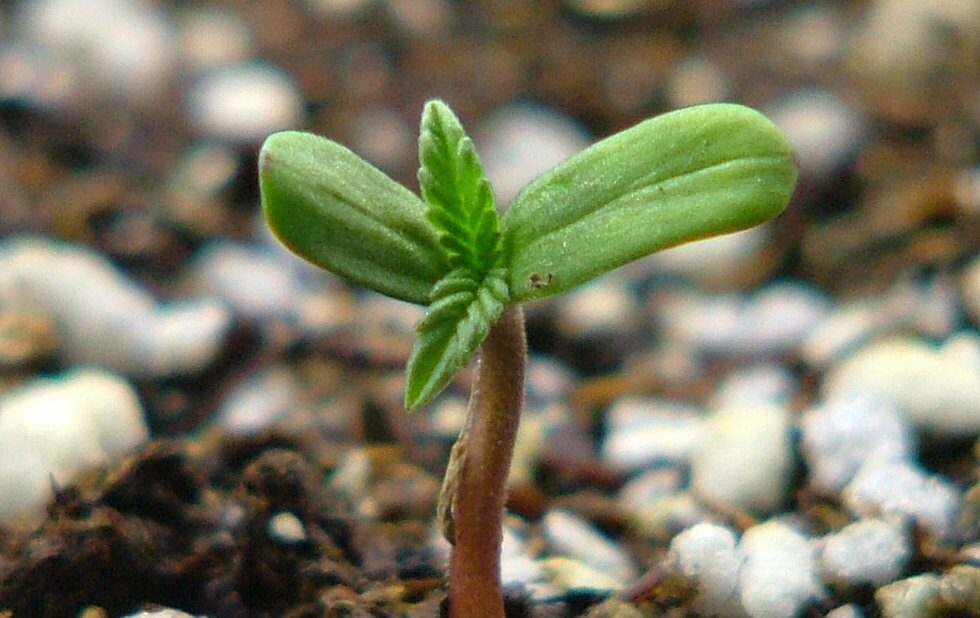You are here
Home 🌿 Recreational Marijuana News 🌿 A first-timer’s guide to growing your own stone outdoors 🌿A first-timer’s guide to growing your own stone outdoors

You wouldn’t know it given the cold snap Toronto experienced last week, but for pot lovers the May 24 long weekend marked the official start of weed-planting season.
Under legalization, Canadians can grow up to four plants per household. And according to the latest sales data, Canadians are embracing the right to grow their own. The pandemic has not only seeded an explosion of interest in vegetable gardening. A whole new generation of Canadians is trying their hand at growing weed for the first time.
Cannabis seed sales have been growing steadily since they first entered the legal market in 2020, but the pandemic has sprouted a revolution of sorts.
Growing your own cannabis can be intimidating, especially if you’re doing it indoors where you have to concern yourself with technical matters like lighting, when to water and add fertilizer and how to “flush” your plants before harvesting. You’ll also have to think about the risks to your crop posed by mold and pesticides when planting indoors.
But the availability of feminized auto-flowering seeds has made growing outside – the old fashioned way – easier for even novice growers.
Most growers recommend starting seedlings inside and transplanting them outside when it gets warm enough. But that’s not absolutely necessary. They don’t call cannabis weed for nuthin’. Most varieties can withstand the stress of harsh conditions.
Still, there are a few things you need to keep in mind when growing outside. Like planting in a spot that gets at least eight hours of sunlight a day and in soil that drains well.
Wind is also a factor to consider. Uh huh. You don’t want your stalk to snap and buds being blown off by a sudden storm before they’re primed for picking.
In unpredictable climes like ours, guarding against an unexpected frost or cold snap when you’ve already planted your seed – as happened late last week when temps dipped around 4 Celsius overnight – should also be part of the checklist. Planting seeds a little deeper than the one or two inches usually recommended is a good idea just in case.
It’s also important to plant seed varieties that can finish their budding cycle in colder temps, because it’s not only the untimely spring frost you have to guard against. For seeds that can take up to 90 days to flower, for example, you may not be harvesting your plants until September or October, when nighttime temps can get chilly.
Also, choosing a seed that keeps trimming and maintenance of buds to a minimum will save you from having to take a crash course in botany.
But it all begins with buying the right seed for your particular situation. Don’t be seduced into buying seed to grow that Hawaiian you’ve been dying to try if you don’t have the room or right conditions. Do your research and shop around.
The Ontario Cannabis Store is surprisingly barren considering how many seeds are sold in Canada. But there are plenty of varieties and hobbyists with experience selling and trading seeds online.
If you’re buying from grey market sources, the more reputable ones will offer insurance on seeds they sell, just in case they don’t grow.
It’s a good idea to seek out people with experience growing their own to avoid rookie mistakes. That’s the best place to start to get a lay of the land.
420 Intel is Your Source for Marijuana News
420 Intel Canada is your leading news source for the Canadian cannabis industry. Get the latest updates on Canadian cannabis stocks and developments on how Canada continues to be a major player in the worldwide recreational and medical cannabis industry.
420 Intel Canada is the Canadian Industry news outlet that will keep you updated on how these Canadian developments in recreational and medical marijuana will impact the country and the world. Our commitment is to bring you the most important cannabis news stories from across Canada every day of the week.
Marijuana industry news is a constant endeavor with new developments each day. For marijuana news across the True North, 420 Intel Canada promises to bring you quality, Canadian, cannabis industry news.
You can get 420 Intel news delivered directly to your inbox by signing up for our daily marijuana news, ensuring you’re always kept up to date on the ever-changing cannabis industry. To stay even better informed about marijuana legalization news follow us on Twitter, Facebook and LinkedIn.




